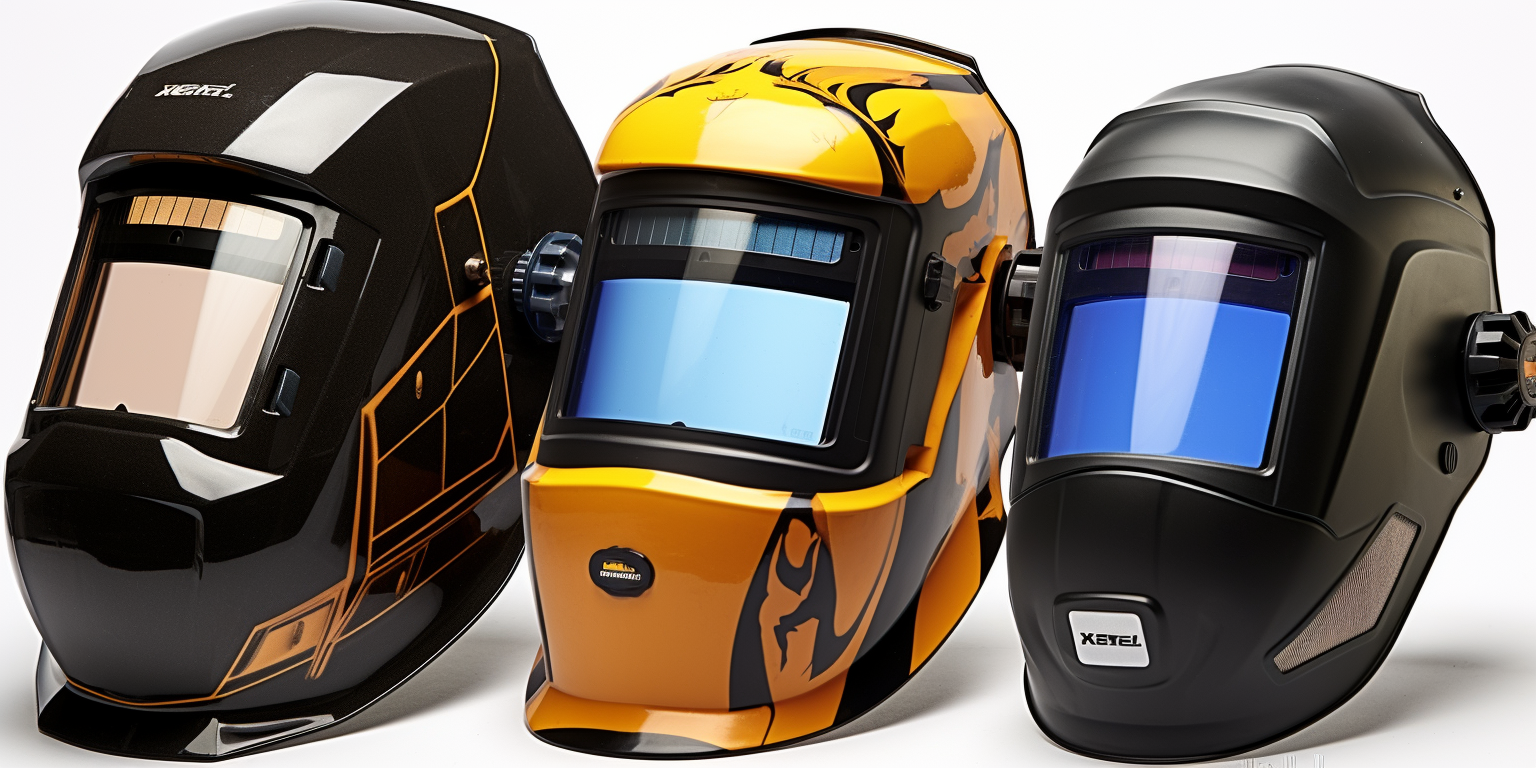Welding is a dangerous job that requires proper safety measures to prevent serious injuries. One of the most important pieces of equipment for welders is a welding helmet. A welding helmet not only protects the welder’s face and eyes from the intense light and heat of the welding arc but also shields them from hazardous debris and fumes. With so many options available in the market, choosing the right welding helmet can be overwhelming. In this article, we will provide some tips for choosing the best welding helmet based on safety, quality, and comfort.
Safety is the top priority when it comes to welding helmets. A welding helmet must meet the safety standards set by the Occupational Safety and Health Administration (OSHA) and the American National Standards Institute (ANSI). It should have a proper shade lens to protect the welder’s eyes from harmful UV and IR radiation emitted during welding. Additionally, the helmet should have a sturdy shell to protect the welder’s head from flying debris and accidental impacts. Be sure to take a look at the government healthcare news for the latest standards.
Quality is another crucial factor to consider when choosing a welding helmet. A high-quality helmet not only lasts longer but also provides better protection and comfort. Look for a helmet made of durable materials that can withstand the harsh welding environment. The helmet should also have a reliable auto-darkening feature that adjusts the shade lens quickly and accurately to protect the welder’s eyes. Comfort is equally important, as a poorly fitting helmet can cause fatigue and discomfort, leading to a decrease in productivity. A comfortable helmet should have adjustable headgear and a lightweight design that does not strain the neck and shoulders.
Key Factors in Choosing a Welding Helmet
When it comes to welding, safety is of utmost importance. One of the most critical pieces of safety equipment for any welder is a welding helmet. With so many options available, it can be overwhelming to choose the right one. Here are some key factors to consider when selecting a welding helmet.
Auto-Darkening vs. Passive Helmets
There are two main types of welding helmets: auto-darkening and passive. Passive helmets have a fixed shade and require the welder to manually flip the lens up and down. Auto-darkening helmets have a lens that automatically adjusts to the appropriate shade when the arc is struck. While passive helmets are typically less expensive, auto-darkening helmets offer greater convenience and are generally more comfortable to wear.
Understanding Helmet Safety Standards
It’s important to choose a welding helmet that meets the appropriate safety standards. Helmets should be certified by organizations such as ANSI and CSA. Look for helmets that meet or exceed the minimum shade level required for the type of welding you will be doing.
The Importance of Comfort and Fit
A welding helmet that is uncomfortable or doesn’t fit properly can be a distraction and can even compromise safety. Look for helmets that are adjustable and have a comfortable headgear system. Consider the weight of the helmet as well, as heavier helmets can cause neck strain over time.
Selecting the Right Lens Shade
The appropriate lens shade will depend on the type of welding you will be doing. For example, MIG and TIG welding typically require a shade level of 10-13, while stick welding may require a shade level of 9-13. Some helmets have a variable shade lens that can adjust to different levels, while others have a fixed shade.
Additional Features to Consider
There are a few additional features to consider when choosing a welding helmet. Look for helmets with a large viewing area and multiple sensors for greater visibility and accuracy. Consider the battery life and ventilation of the helmet, as well as whether it has a grinding mode for added versatility. Some helmets also have adjustable sensitivity and delay settings for greater control and protection.
By considering these key factors, welders can choose a helmet that provides the necessary safety and comfort for their specific needs.
Assessing Helmet Quality and Performance
When it comes to choosing a welding helmet, assessing the quality and performance of the helmet is crucial. It is important to select a helmet that is durable, comfortable, and provides adequate protection against the hazards associated with the welding process.
Evaluating Helmet Durability
One of the most important factors to consider when assessing helmet quality is durability. Welding helmets should be able to withstand impact, exposure to sparks, and extreme temperatures. Look for helmets with impact-resistant shells and lenses that can withstand the high temperatures of the welding arc.
Assessing Optical Clarity and Viewing Area Size
Optical clarity and viewing area size are also important factors to consider when choosing a welding helmet. The helmet should provide clear vision and a wide viewing area to ensure the welder can see the weld arc and workpiece clearly. Look for helmets with high-quality lenses that offer optical clarity and a large viewing area.
Considering the Welding Environment and Applications
When selecting a welding helmet, it is important to consider the specific welding process and application. Different welding processes, such as MIG welding, TIG welding, and stick welding, require different levels of protection and may have different requirements for helmet features. Additionally, the welding environment may have specific hazards, such as welding fumes or debris, that require additional personal protection equipment. You may want to check out cooperative family law for expert legal guidance.
Overall, choosing a welding helmet requires careful consideration of several factors, including quality, durability, optical clarity, and viewing area size. Welders should also consider the specific welding process and application, as well as the hazards present in the welding environment. By selecting a high-quality helmet that provides adequate protection, welders can ensure their safety and comfort while on the job.



